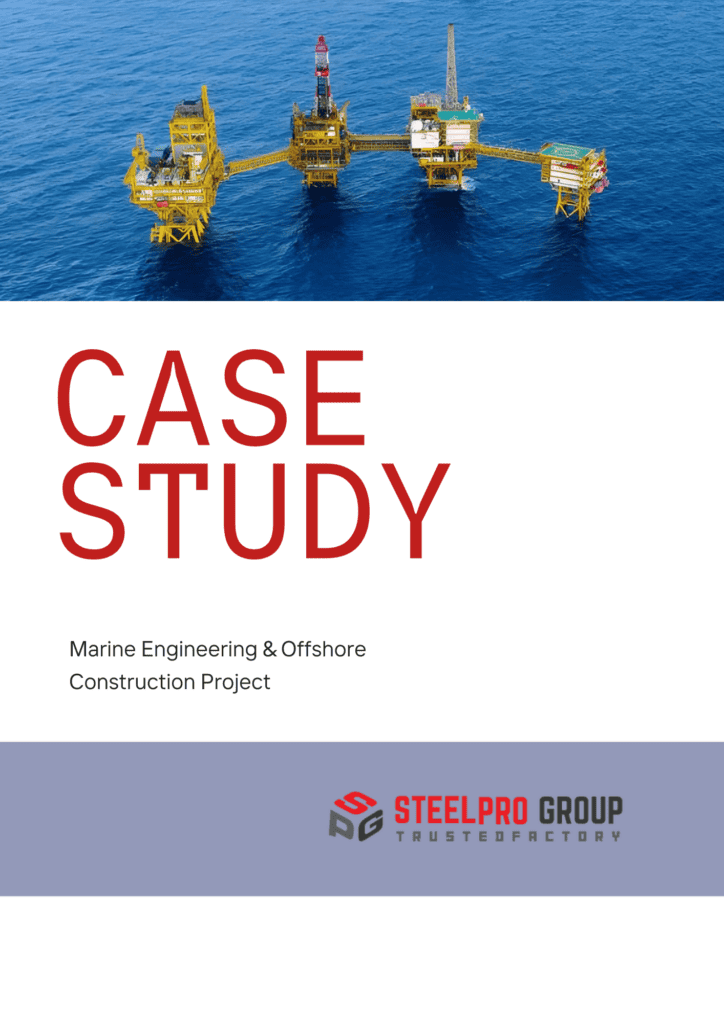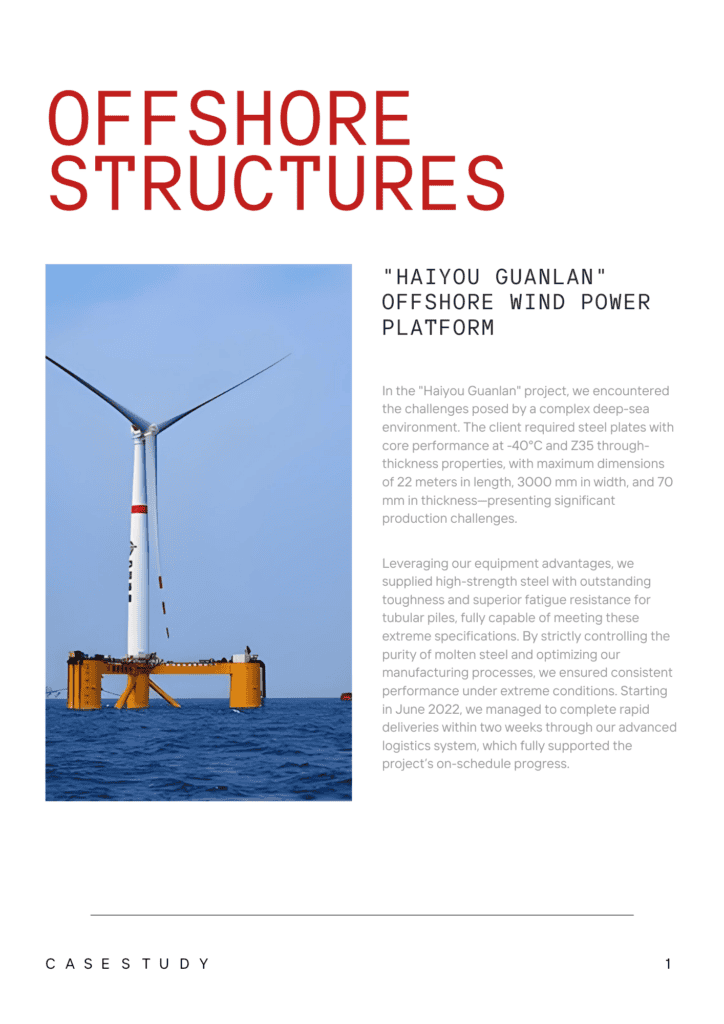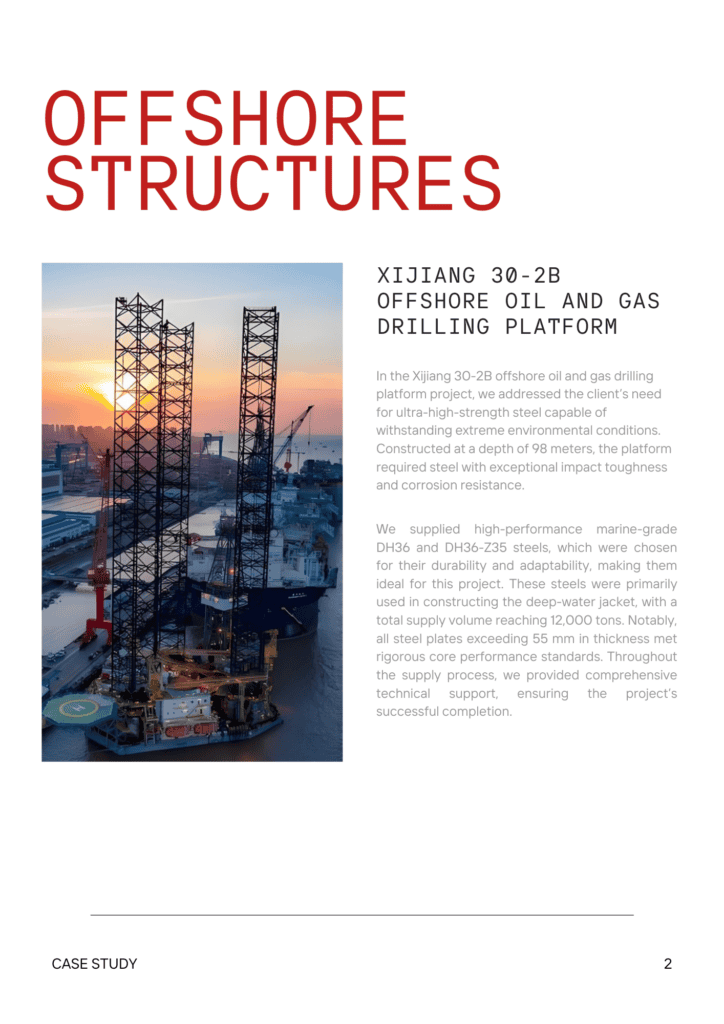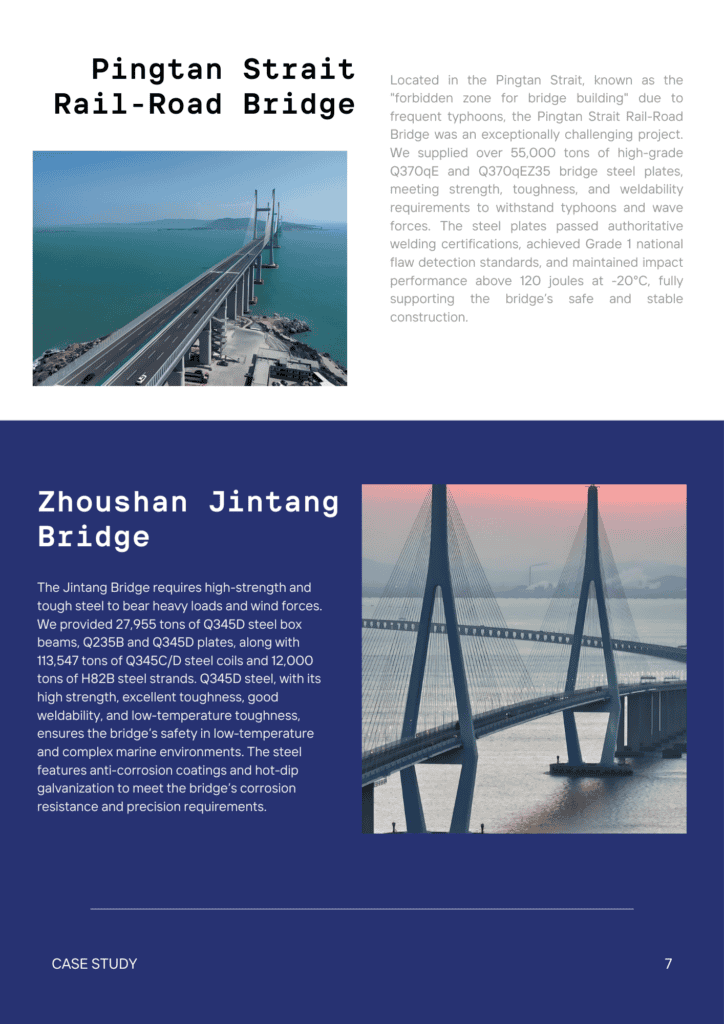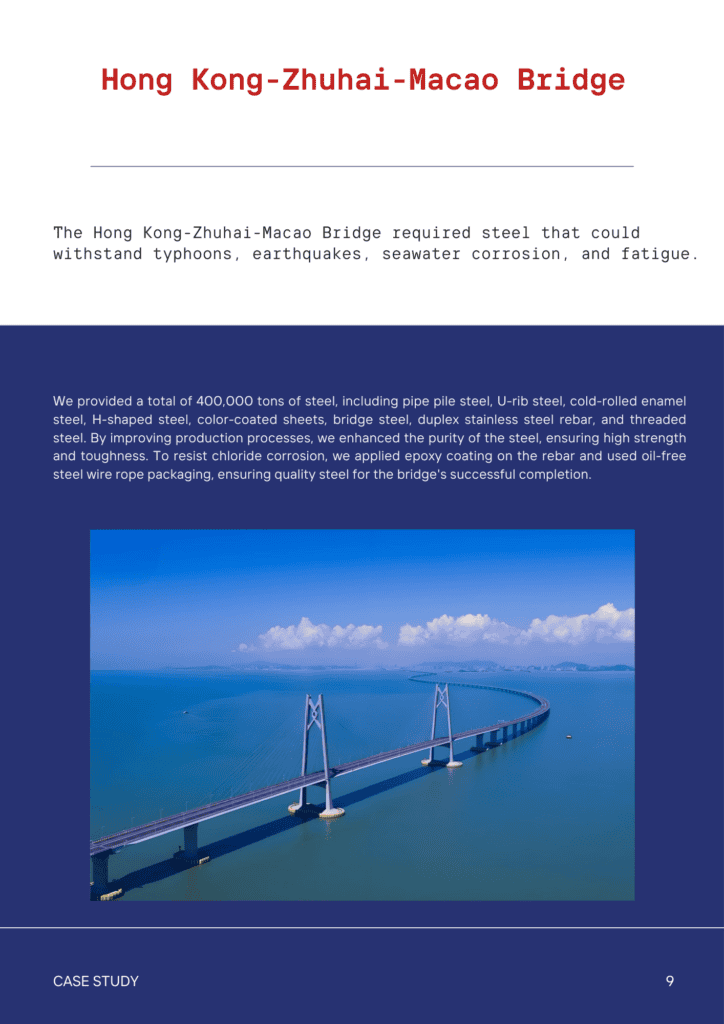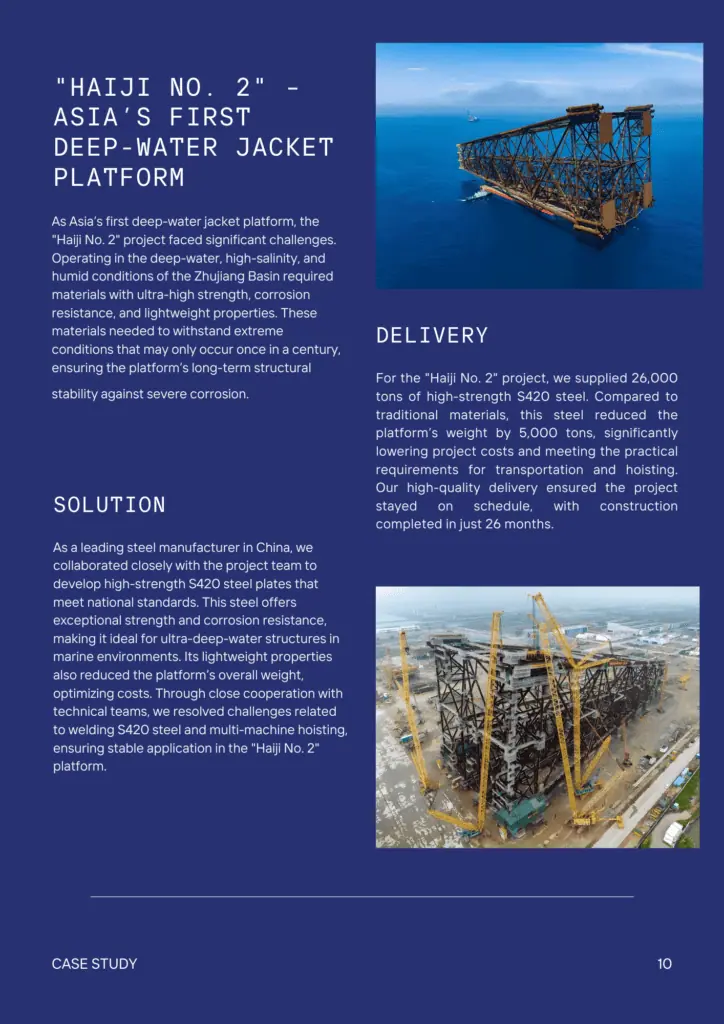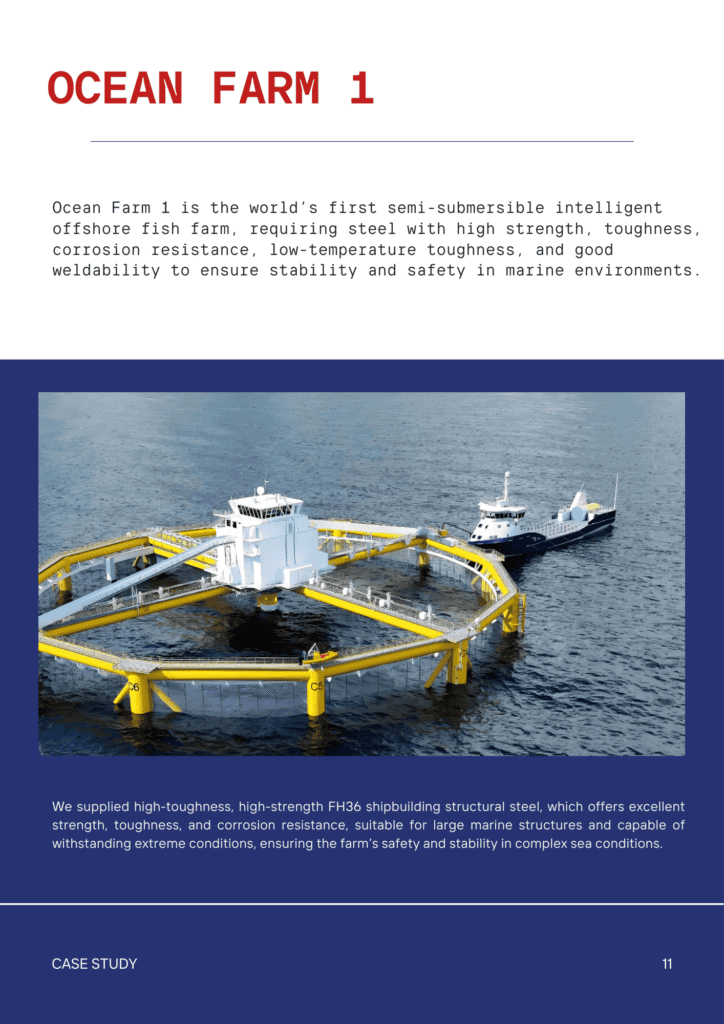Contents
H11 Hot Work Tool Steel: Properties, Process, Uses
- John
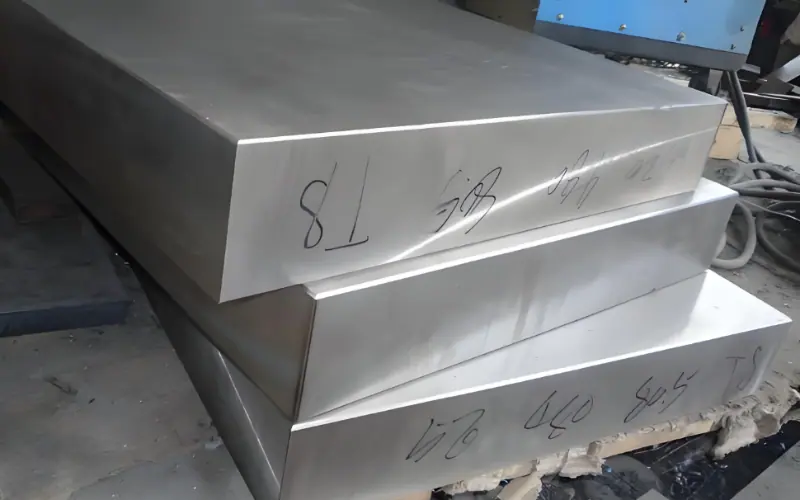
H11 tool steel stands out for its remarkable toughness and high-temperature strength, making it essential for demanding applications like aerospace and die-casting. This article explores the features, applications, and heat treatment of H11 steel, offering valuable insights to help you select the optimal material for your high-performance projects.
What Is H11 Tool Steel?
H11 tool steel is a chromium-based hot work steel containing 5% chromium in the AISI H-series, specified under ASTM A681. Known for exceptional toughness, it offers higher impact resistance than H13 but lower wear resistance. It is used in aerospace for landing gear and rotor blades, as well as die-casting and forging tools. Its air-hardening property minimizes dimensional change, and it resists thermal fatigue and shock in hot work applications.
Other Standards of H11 Tool Steel
- AMS 6485, AMS 6487, AMS 6488
- ASTM A681
- SAE J438, SAE J467, SAE J437
- FED QQ-T-570
- ISO 4957
SteelPro Group supplies H11 tool steel in bars, plates, rods, and custom forms. We offer precise tolerances and fast delivery, making sure you receive exactly what you require, right when you need it.
What Is H11 Tool Steel Equivalent To?
Here is a summary of the equivalents for H11 tool steel:
- UNS T20811
- GB 4Cr5MoSiV1
- DIN 1.2343
- JIS SKD6
- BS 1407
Chemical Composition of H11 Tool Steel
H11 tool steel features a carefully balanced alloy design, combining moderate carbon content for toughness, chromium for corrosion resistance, and molybdenum for high-temperature stability. The table below provides its detailed chemical makeup.
| Element | Content (%) |
| Carbon (C) | 0.33–0.43 |
| Chromium (Cr) | 4.75–5.50 |
| Manganese (Mn) | 0.20–0.50 |
| Silicon (Si) | 0.80–1.20 |
| Molybdenum (Mo) | 1.10–1.60 |
| Vanadium (V) | 0.30–0.60 |
| Iron (Fe) | Balance |
| Nickel (Ni) | ≤0.30 |
| Copper (Cu) | ≤0.25 |
| Phosphorus (P) | ≤0.03 |
| Sulfur (S) | ≤0.03 |
Physical Properties of H11 Tool Steel
The table below provides detailed physical properties.
| Property | Metric | Imperial |
| Density | 7.8 g/cm³ | 0.282 lb/in³ |
| Thermal Conductivity | 24.6 W/m·K (at 20°C) | 170.5 BTU·in/ft²·h·°F (at 68°F) |
| Elastic Modulus | 210 GPa | 30.5 × 10³ ksi |
| Specific Heat Capacity | 460 J/kg·K (at 20°C) | 0.11 BTU/lb·°F (at 68°F) |
| Coefficient of Thermal Expansion | 10.4 × 10⁻⁶ /°C (20–100°C) | 5.8 × 10⁻⁶ /°F (68–212°F) |
| Hardness (HRC) | 50–56 | 50–56 |
Mechanical Properties of H11 Tool Steel
H11 tool steel delivers exceptional toughness, high resistance to thermal fatigue, and excellent mechanical stability under stress. The table below provides detailed metrics for its mechanical properties.
| Property (Metric) | Value (Metric) | Value (Imperial) |
| Hardness (Knoop) | 642 | 642 |
| Hardness (Rockwell C) | 56 | 56 |
| Hardness (Vickers) | 621 | 621 |
| Tensile Strength (Ultimate) | 1990 MPa | 289000 psi |
| Tensile Strength (Yield) | 1650 MPa | 239000 psi |
| Elasticity Modulus | 210 GPa | 30500 ksi |
| Bulk Modulus | 160 GPa | 23200 ksi |
| Shear Modulus | 81.0 GPa | 11700 ksi |
| Poisson’s Ratio | 0.3 | 0.3 |
| Elongation (at Break) | 9.0 % | 9.0 % |
| Machinability | 45–55 % | 45–55 % |
| Charpy Impact (V-notch) | 18.0 J | 13.3 ft-lb |
Heat Treatment of H11 Tool Steel
With proper treatment, H11 achieves enhanced toughness, wear resistance, and dimensional stability. However, while hardness and strength are improved, it’s important to note that ductility may decrease slightly.
If you need assistance with the process or have specific needs, the professionals at SteelPro Group are available to provide support. We can provide tailored heat treatment advice and offer H11 tool steel in a variety of common conditions, such as annealed, pre-hardened, or tempered, to perfectly suit your needs.
Annealing
H11 should be uniformly heated to 871°C (1600°F). Soak for 1 hour per 25.4 mm (1 inch) of thickness. Cool slowly in the furnace at a rate of 4.4°C (40°F) per hour, then air cool. The hardness after annealing is approximately 217 HB.
Hardening
Preheat H11 uniformly to 816°C (1500°F). Increase the temperature to 1010°C (1850°F) and hold for 15 to 40 minutes. Then perform air quenching to ambient temperature to achieve the desired hardness. The choice of hardening temperature depends on the required balance between hardness, toughness, and dimensional stability.
- 982°C (1800°F): Results in Rockwell C hardness of 52.5 HRC after air cooling.
- 1010°C (1850°F): Results in Rockwell C hardness of 56 HRC after air cooling.
- 1038°C (1900°F): Results in Rockwell C hardness of 57 HRC after air cooling.
H11 can also be quenched in water due to its high toughness and thermal shock resistance, often used for rapid cooling to maximize hardness, though it increases the risk of cracking in complex parts.
Tempering
Heat uniformly to a temperature between 537°C and 648°C (1000°F and 1200°F). Hold for 2 hours per 25.4 mm (1 inch) of thickness, followed by air cooling. Double tempering is recommended, with each cycle lasting 1 hour at the selected temperature. At these tempering temperatures, the Rockwell C hardness ranges from 54 to 38.
The table below shows the variation in hardness with different tempering temperatures:
| Temperature (°C) | Temperature (°F) | Hardness (HRC) |
| 450 | 840 | 53 |
| 500 | 930 | 52 |
| 550 | 1020 | 50 |
| 600 | 1110 | 47 |
| 650 | 1200 | 43 |
H11 Tool Steel Product Forms
At SteelPro Group, we offer H11 tool steel in a variety of forms with precise tolerances to meet your exact specifications. If your requirements exceed the typical size ranges, we specialize in providing custom solutions to ensure your project gets the perfect fit.
| Product Form | Dimensions (Metric) | Dimensions (Imperial) |
| Round Bar | Diameter: 8–1000 mm | Diameter: 0.3–39.4 inches |
| Flat Bar | Thickness: 16–500 mm | Thickness: 0.6–19.7 inches |
| Width: 200–800 mm | Width: 7.9–31.5 inches | |
| Plate | Thickness: 16–500 mm | Thickness: 0.6–19.7 inches |
| Width: Up to 2100 mm | Width: Up to 82.7 inches | |
| Sheet/Strip | Dimensions vary | Inquire for details |
| Forging | Custom sizes available | Custom sizes available |
H11 Tool Steel Applications
H11 tool steel is known for its outstanding toughness, excellent high-temperature strength, and resistance to thermal fatigue. It is well-suited for use in environments that experience significant mechanical stress and high temperatures. Below are some of the most common uses of H11 tool steel, along with the reasons for its selection:
- Aircraft Landing Gear: High strength and durability.
- Helicopter Rotor Blades and Shafts: Resistance to fatigue.
- Die-Casting Dies: Handles repeated thermal cycling effectively.
- Forging Dies: Excellent impact toughness and wear resistance.
- Hot Shear Blades: Maintains sharpness under thermal stress.
- Extrusion Tooling: Combines hardness with thermal stability.
Best H11 Tool Steel Solutions for Every Need
At SteelPro Group, we offer a wide range of H11 tool steel products, from round bars to custom plates, tailored to your exact requirements. Whether you need standard forms or specialized machining, our expert team ensures the highest precision, with fast turnaround times.
Need custom sizes or specific treatments? We provide tailored heat treatment and hardening to suit your exact needs. Let us support your next project with reliable, high-quality H11 steel. We also offer Cr12MoV, which is suitable for high wear applications.



